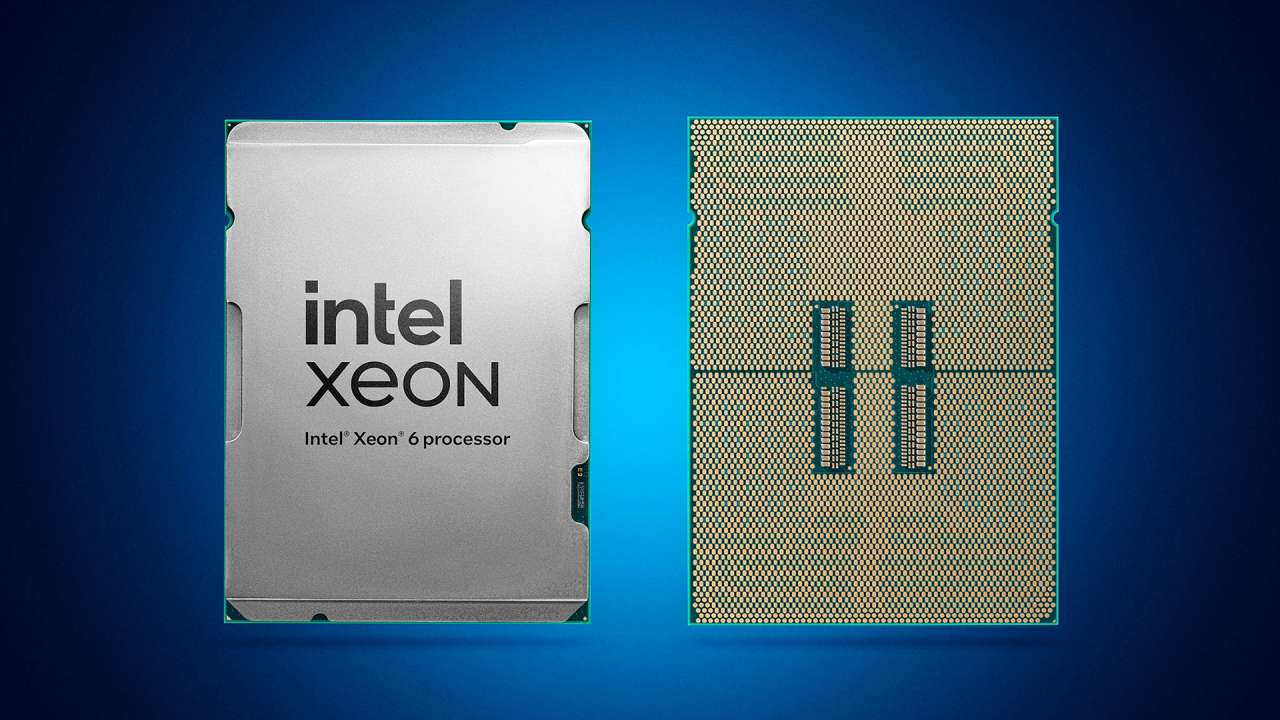Intel unveils Xeon 6 series CPUs with a clear focussed on high density, scale-out paradigm — but will the up-to-144-core parts be enough to take on AMD, Ampere and others?
Data center workloads are no problem for Intel's new Xeon 6 CPUs

Over the past few years, with the rise of generative AI, data centers have become one of the most important parts of the tech stack – and who makes the chips that powers these behemoths is up for grabs.
At Computex 2024, Intel announced a host of updates to its chips for data center and AI workloads with the launch of its Xeon 6 processors.
Intel took the wraps off Xeon 6 back in April 2024, and made much of the Xeon Scalable name, which carries all of the implications that these chips just get more and more powerful based on the context and what a company needs.
The nitty gritty
The company is very much pitching its chip offerings at major OEMs and organizations, particularly those with "aging data center systems", claiming the new Xeon 6 chips will offer more power efficiency while maximising floor and rack space.
Of the Xeon family of chips, the first to debut is the Intel Xeon 6 E-core (code-named Sierra Forest), which are available now, and then the Xeon 6 P-cores (code-named Granite Rapids) are expected to launch in the next quarter.
As the E-core and P-core names imply, each is focused on efficiency and performance, respectively. Of course, that doesn't mean the E-core chips are a slouch – these will run rings around most other chips out there right now.

According to Intel's fact sheet, there's a lot to like about the Xeon 6 processors. For example, the 6700 series offers up to 1.4x more memory bandwidth and an up to 1.1x increase in and out bandwidth over 5th Gen Xeon models. The more powerful 6900, meanwhile, has up to 1.8x better inter-socket bandwidth over 5th Gen Xeon.
Are you a pro? Subscribe to our newsletter
Sign up to the TechRadar Pro newsletter to get all the top news, opinion, features and guidance your business needs to succeed!
This might seem like a bit word salad-y, but to those running data centers, it's music to their ears: better performance while using less power.
In terms of the raw tech specs, the Xeon 6 6700 series have up to 144 Efficient-cores alongside 86 Performance-cores, while the 6900 series has up to 288 Efficient-cores and 128 Performance-cores. VentureBeat has a good breakdown of the rest.
Intel on top
It's not secret that Intel has been suffering for years, across both desktop/laptop chip and high-performance chips. Apple's shift towards its far-superior A- and M-series chips inside the latest MacBooks, iPhones, iPads, and iMacs has seriously dented its standing within the industry.
Intel CEO Pat Gelsinger has set out to reverse Intel's waning fortunes, and even took a direct shot at Nvidia CEO Jensen Huang during his Computex keynote speech.
On the top-end front, Nvidia has absolutely dominated the last few years, rising to a incredible $2.8 trillion market cap in recent weeks off the back of strong Q1 earnings that showed a ridiculous 262% YoY jump in its revenue to over $26 billion off the back of its AI chip sales and dominance.
Other than Apple and Nvidia, AMD is also challenging for more of Intel's dinner. According to IoT Analytics, Nvidia has a crazy 90%+ market share of the AI chip industry, leaving AMD and Intel to scrap for the rest.
MORE FROM TECHRADAR PRO
- Intel's formidable 288 core CPU now has a proper family name — Granite Rapids and Sierra Forest are Xeon 6 processors but is it just becoming too confusing?
- These are the best business laptops around today
- We've also rounded up the best cheap processor sales and prices right now
Max Slater-Robins has been writing about technology for nearly a decade at various outlets, covering the rise of the technology giants, trends in enterprise and SaaS companies, and much more besides. Originally from Suffolk, he currently lives in London and likes a good night out and walks in the countryside.